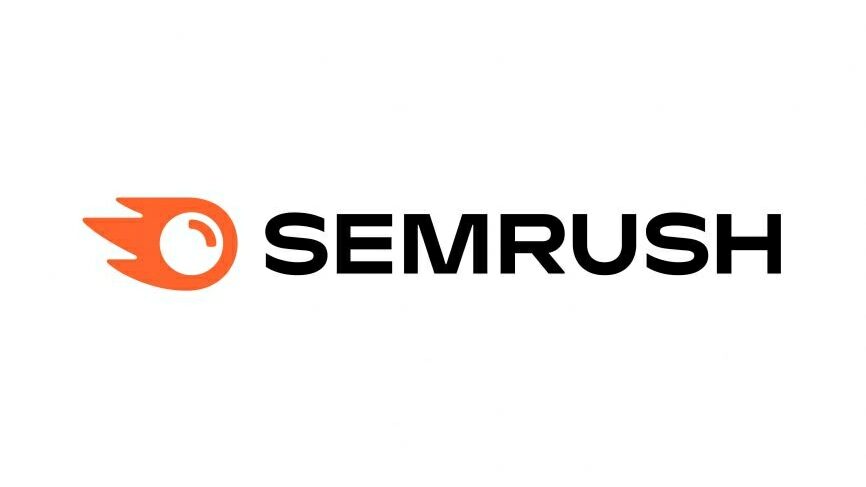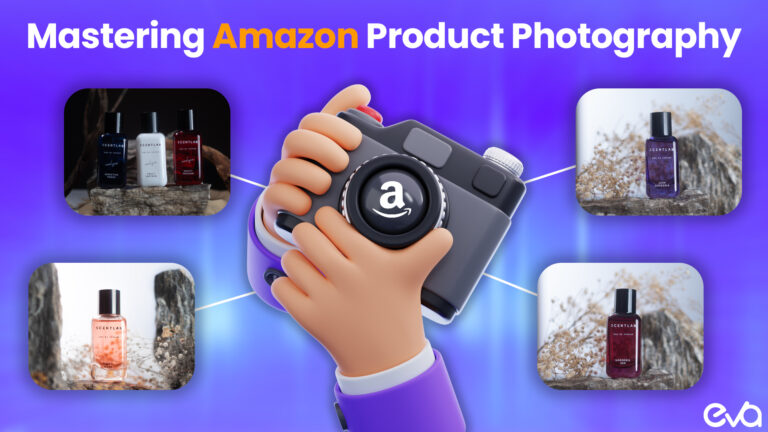If you’re looking to take your business to the next level and increase your sales, then mastering Amazon keyword research is a must. 🔑
As a seasoned Amazon seller and an expert in Amazon PPC management, I understand how crucial keyword research is in finding the right words and phrases that potential customers are using to search for products on Amazon. 🔍
But I also know that keyword research can be daunting, especially with so many different keywords to choose from. That’s why I’m excited to share my knowledge with you! 💡
In this blog post, I’m going to teach you everything you need to know about Amazon keyword research, including how to find the right keywords, how to use them in your product listings, and how to track your results. 💯
So let’s dive in!

Discover How To Supercharge Your Profits From Amazon & Beyond
Tech – unlock more revenue, increase efficiency & maximize profitability with integrated AI solutions
Agency Services – our ex-Amazonian team provides key insights, expertise & handles everything for you from A-Z
3PL Fulfillment Solutions – real-time inventory management connected to Eva tech across Amazon marketplaces
Table of Contents
What Are Amazon Keywords?
Amazon keywords are the words and phrases people use to search for products on Amazon. Therefore, when you are selling products on Amazon, it is important to use the right keywords in your product listings so that your products show up in search results when potential customers are looking for them.
Choosing the right keywords can be challenging, but it is worth the effort. The right keywords can help you attract more customers and increase your sales.
There are a few things to keep in mind when choosing Amazon keywords:
- Relevance: The keywords you choose should be relevant to your product. If you sell shoes, you wouldn’t want to use keywords like “clothes” or “electronics.”
- Competition: The keywords you choose should not be too competitive. If you choose a keyword used by millions of other sellers, it will be very difficult for your product to rank high in search results.
- Search volume: The keywords you choose should have a high search volume. This means that people are searching for those keywords on Amazon.
Once you have chosen your keywords, you must use them in your product listings. You should include your keywords in your product title, bullets, and description. You should also use them in your product images.

Why Are Amazon Keywords Important?
Amazon keywords are important because they determine how your products show up in search results. If you use the right keywords, your products will be more likely to appear in the first few pages of search results, leading to more sales.
Here are some of the benefits of using the right Amazon keywords:
- Increased visibility: Your products will be more visible to potential customers when they search for products on Amazon.
- More sales: When your products are more visible, you’ll be more likely to make sales.
- Lower advertising costs: You’ll be able to lower your advertising costs because you’ll get more traffic from organic search results.
- Improved brand awareness: When your products are more visible, you’ll improve your brand awareness and reach more potential customers.
How To Do Amazon Keyword Research in the Right Way
Keyword research is an essential part of any Amazon marketing strategy. Here is a step-by-step guide to help you conduct Amazon keyword research effectively:
1. Brainstorm
Start by brainstorming a list of relevant words and phrases for your product or category. Consider what your customers might search for when looking for products like yours.
2. Use Amazon’s autocomplete feature
Use Amazon’s search bar and type in a keyword related to your product. Amazon’s autocomplete feature will give you a list of related search terms people commonly use. This will help you identify your product’s most popular and relevant keywords.
3. Use Amazon’s suggested search terms
Once you’ve used the autocomplete feature, scroll down to the bottom of the search results page. Amazon will suggest other popular search terms related to your initial search query. These can be valuable keywords to include in your listing.
4. Use a keyword research tool
There are many keyword research tools available, both free and paid. These tools can help you to identify popular keywords and search volumes and even provide insights into your competitors’ strategies. Some popular tools include Google Keyword Planner, SEMrush, Ahrefs, and Helium 10.
5. Analyze your competitors’ listings
Look at the listings of your competitors and identify the keywords they’re using. This will give you an idea of what’s working in your market and can help you to optimize your own listing.
6. Refine your list
Once you’ve identified a list of potential keywords, refine it by looking at their search volumes and relevance to your product. Focus on keywords with a high search volume and that are most relevant to your product.
7. Include keywords in your listing
Once you’ve identified your target keywords, include them in your product title, bullet points, and description. This will help your product to appear in relevant search results and increase visibility to potential customers.
Amazon Negative Keywords
Amazon Negative Keywords are a powerful tool that can help you save money on your Amazon advertising campaigns. Add negative keywords to your campaign to prevent your ads from appearing for irrelevant searches, which will help you avoid wasting money on clicks that are unlikely to convert into sales.
Negative keywords can be added at the campaign or ad group level. To add a negative keyword, go to your Amazon Advertising account and select the campaign or ad group to which you want to add the keyword. Then, click the “Keywords” tab and select the “Negative Keywords” button. Next, enter the keyword or phrase you want to add as a negative keyword and click the “Add” button.
Once you have added a negative keyword, your ad will no longer show up for searches that include that keyword. For example, if you sell shoes, you might want to add the negative keyword “free” so that your ad doesn’t appear when people search for “free shoes.”
Best Tools for Amazon Keyword Research
There are a number of different tools that you can use for Amazon keyword research. Some of the most popular tools include:
Ahrefs

Ahrefs is a powerful keyword research tool to help you find the right keywords for your Amazon listings. With a database of over 100 million keywords, It provides detailed information on each keyword, including search volume, competition, and CPC. Ahrefs also offers many other features that can help you with your Amazon keyword research, such as keyword clustering and competitor analysis.
SEMrush

SEMrush is a powerful keyword research tool that can help you find the right keywords for your Amazon product listings. With SEMrush, you can get search volume, competition, and CPC data for different keywords. This information can help you choose the right keywords to target in your product listings, which will help you improve your Amazon search ranking and increase your sales.
Above all, SEMrush also offers several other features that can help you with your Amazon business, competitor analysis, product research, as well asadvertising optimization.
Helium 10

Helium 10 is a suite of tools that helps Amazon sellers find the right keywords, optimize their listings, and track their performance. It is one of the most popular Amazon keyword research tools available, and it offers a wide range of features, including:
- Keyword research: Helium 10’s keyword research tool can help you find the right keywords to target for your products. It provides data on search volume, competition, and profitability.
- Listing optimization: Helium 10’s listing optimization tool can help you improve your product listings to rank higher in search results. It provides suggestions for keywords, titles, bullets, and descriptions.
- Performance tracking: Helium 10’s performance tracking tool can help you track the performance of your products and campaigns. It provides data on sales, revenue, and traffic.
3 Good examples of implementing Amazon Keywords
Example 1
Let’s say you sell a product called “The Best Dog Food for Puppies.” In your product title, you could use the following keywords:
- “Best dog food for puppies”
- “Puppy food”
- “Dog food for puppies”
You could also use these keywords in your bullets and description. For example, you could write:
- “Our dog food is the best for puppies. It’s made with high-quality ingredients and is packed with nutrients that will help your puppy grow up healthy and strong.”
- “Our puppy food is perfect for puppies of all breeds. It’s easy to digest and will help your puppy maintain a healthy weight.”
Example 2
Let’s say you sell a product called “The Best Coffee Maker.” In your product title, you could use the following keywords:
- “Best coffee maker”
- “Coffee maker”
- “Automatic coffee maker”
You could also use these keywords in your bullets and description. For example, you could write:
- “Our coffee maker is the best on the market. It’s easy to use and makes great-tasting coffee.”
- “Our coffee maker is perfect for busy people. It brews a pot of coffee in minutes and has a timer so you can wake up to fresh coffee every morning.”
Example 3
Let’s say you sell a product called “The Best Laptop.” In your product title, you could use the following keywords:
- “Best laptop”
- “Laptop”
- “Gaming laptop”
In addition to above, you could also use these keywords in your bullets and description. For example, you could write:
- “Our laptop is the best on the market. It’s powerful enough for gaming and has a long-lasting battery.”
- “Our laptop is perfect for students and professionals. It’s lightweight, portable, and has a large screen perfect for watching movies or working on presentations.”
Conclusion
Here are a few takeaways from this blog to help you with your Amazon keyword research:
- Start by brainstorming a list of keywords that potential customers might use to search for your product.
- Use a keyword research tool to help you find the right keywords.
- Use long-tail keywords, which are more specific and less competitive.
- Use negative keywords to prevent your product from showing up for irrelevant searches.
- Use your keywords throughout your product listing, including the title, bullets, and description.
- Keep your listing up-to-date with the latest keywords.
- Monitor your results and make adjustments as needed.
If you have any questions about Amazon SEO or anything related to selling on Amazon, you can get a free consultation from Eva. And finally, i would be more than happy to help you improve your Amazon business.








